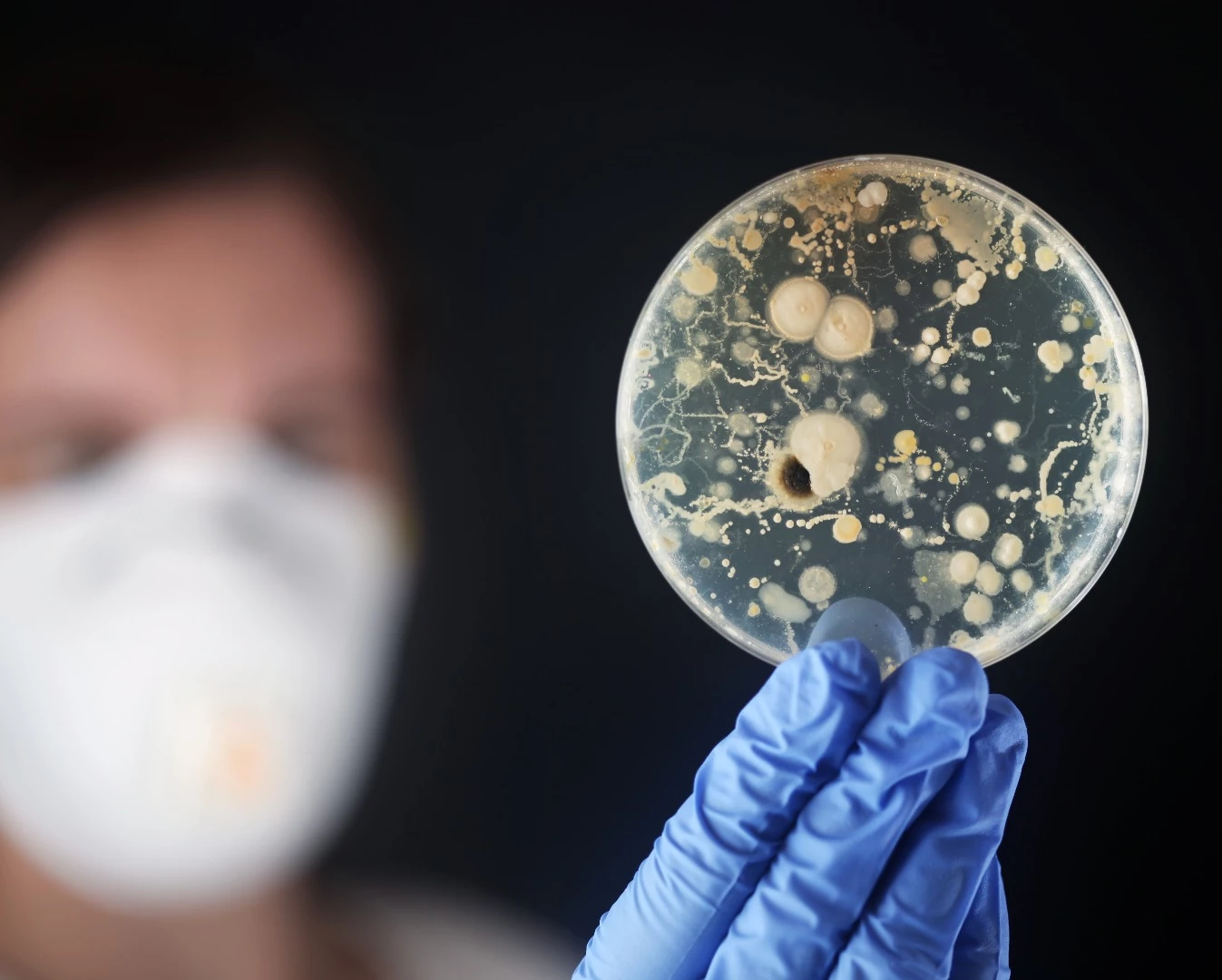Forget zombies or killer robots – the most likely doomsday scenario in the near future is the threat of superbugs. Bacteria are evolving resistance to our best antibiotics at an alarming rate, so developing new ones is a crucial area of study. Now, inspired by a natural molecule produced by marine microorganisms, researchers at North Carolina State University have synthesized a new compound that shows promising antibacterial properties against resistant bugs.
Decades of overuse and overprescription of antibiotics has led to more and more bacteria becoming resistant to them, and the situation is so dire that a recent report warned that they could be killing up to 10 million people a year by 2050. Worse still, the bugs seem to be on schedule, with the ECDC reporting that our last line of defense has already begun to fail in large numbers.
Thankfully, new weapons are being added to the arsenal all the time. Promising new compounds are turning up in places as surprising as honey, maple syrup, rattlesnake venom and platypus milk. Previously overlooked antibiotics are being given a second chance while old ones are being supercharged, and scientists are turning to new polymers and gels, genetic modification, and even enlisting predatory bacteria to hunt down drug-resistant ones.
The new study focused on lipoxazolidinone A, a molecule naturally produced by some marine-dwelling bacteria. Scientists have previously noticed its effectiveness against certain bacteria, such as MRSA, that have already evolved resistance to many drugs. The NC State team set out to create its own synthetic version of the molecule, and even improve its killing power.
After confirming that its creation had the same chemical structure as natural lipoxazolidinone A, the team isolated the parts of the molecule that are most effective and concentrated it. The end result was an even deadlier compound dubbed JJM-35.
The researchers then tested their new compound on a range of bacteria in the lab, including some species that are resistant to existing drugs and others that aren't. Interestingly, not only was JJM-35 effective against drug-resistant bacteria, it was actually better at killing those than it was at killing non-resistant bacteria. In some cases, the synthetic version was up to 50 times more effective than natural lipoxazolidinone A.
"An exciting additional aspect of this work was that we identified that these molecules may function by inhibiting multiple biosynthetic pathways directly or indirectly," says Joshua Pierce, lead researcher on the study. "This means that bacteria may have difficulty developing resistance to potential drugs developed from these molecules."
That bodes well for potential future drugs built from JJM-35. Although it's not a ready-to-use drug on its own, the compound is a solid foundation for developing a new class of antibiotics.
"At this point, we have a chemical scaffold – a starting piece of the puzzle," says Pierce. "We know that this piece is effective, and so right now all efforts are focused on evaluating the properties of these molecules and their in vivo efficacy. The hope is that we can build upon this scaffold to create drugs that are effective against MRSA and other resistant bacteria at a time of dire need for antimicrobial development while also increasing the spectrum of activity."
The research was published in the journal Angewandte Chemie.
Source: North Carolina State University




